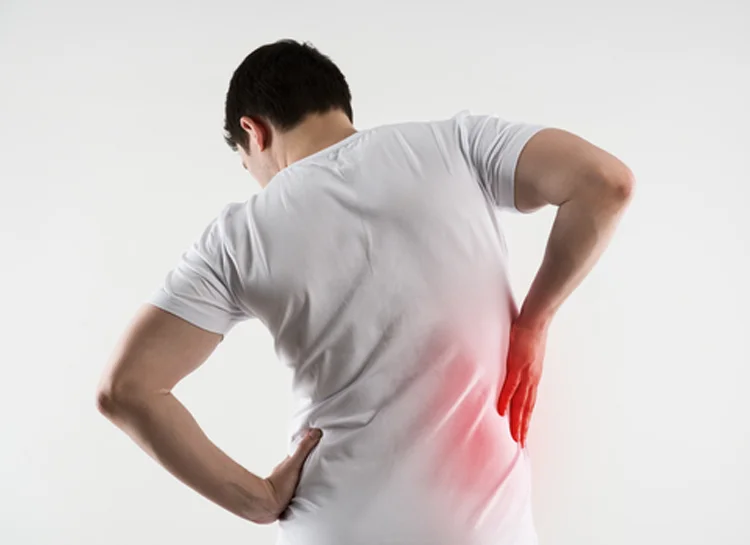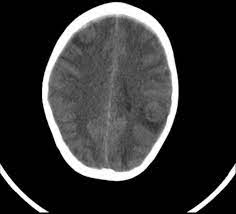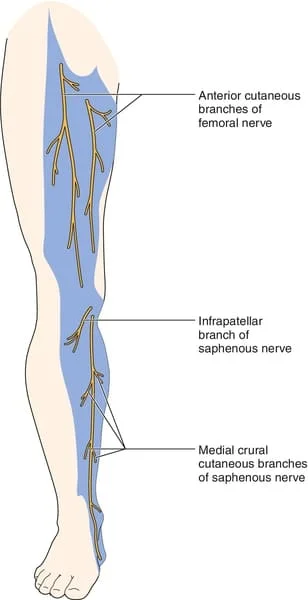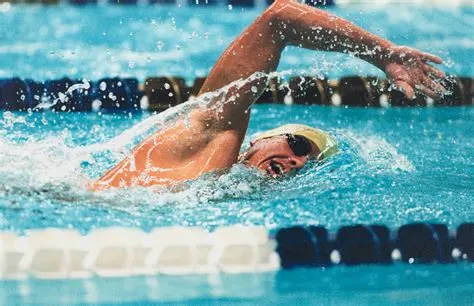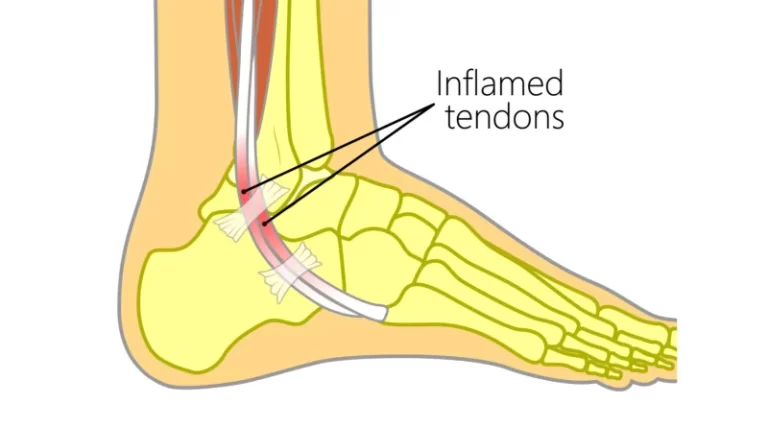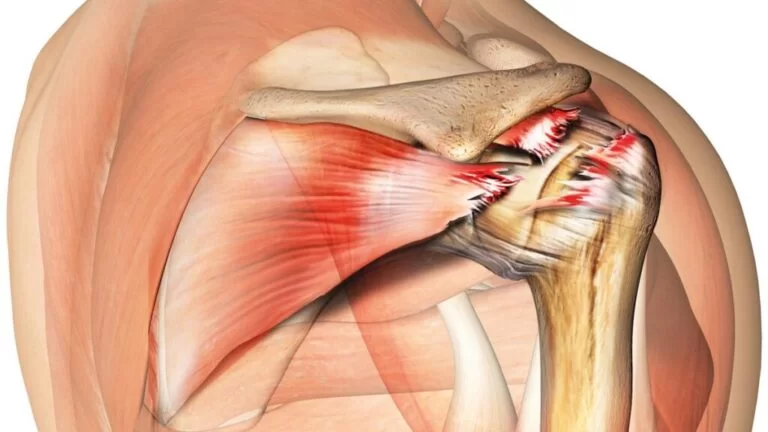Flank pain
Table of Contents
What is flank pain?
Flank pain is a type of pain, discomfort in one side of Body mostly in the upper abdomen or back and sides. It happens in the area below the ribs and above the pelvis. Generally, the pain is worse on one side of the body. Most individuals experience flank pain at least once in their life. It is generally temporary.
Constant or severe flank pain can indicate a serious medical condition, like dehydration or a urinary tract infection. Kidney stones or other kidney problems can also cause persistent flank pain. It is necessary to talk with a doctor if the person has chronic or severe flank pain, specifically if a person is also experiencing other symptoms.
Causes of flank pain
Some of the more common causes of flank pain involve:
- Kidney infection
- Kidney abscess
- Kidney stones
- Dehydration
- Bladder infection
- Shingles
- Tietze’s syndrome
- Arthritis, specifically spinal arthritis
- Spinal fracture
- Disc disease
- A pinched nerve in the back
- Muscle spasm.
Less common causes of flank pain include:
- Kidney disease
- Pneumonia
- Pancreatitis
- Appendicitis
- Blockage in the urinary tract
- Inflammatory bowel disease, like Crohn’s disease
- Renal infarct, which happens when a blood clot blocks the blood supply to the kidney
- Shingles
- Abdominal aortic aneurysm.
Symptoms
Symptoms incorporate flank pain
- Flank pain can be achy and dull or cramp-like and sharp.
- It may come and go in waves.
Symptoms of a kidney problem
The pain is likely from a kidney problem if a person also has the following symptoms:
- Rash
- Fever
- Dizziness
- Nausea
- Vomiting
- Constipation
- Diarrhea
- Blood in your urine
- Pain during urination
- Get medical care right away if the person experiencing any of the above symptoms with prolonged flank pain.
Symptoms of dehydration
Also, look for immediate medical care if a person is experiencing persistent pain with these symptoms of dehydration:
- Extreme thirst
- Absence of sweat
- Dizziness
- Fast pulse
- Dry, sticky mouth
- Headaches
- Fever
- Constipation
- Dark urine
- Reduced urine output
- It is necessary to treat dehydration right away.
- When a person loses too much water from the body, the organs, cells, and tissues fail to function as they should.
- This may lead to dangerous complications, incorporating shock.
Diagnosing the cause of flank pain
During the appointment, the doctor will try to identify the underlying cause of the flank pain.
- The location of the pain
- When did the pain begin?
- What the pain feels like?
- How often does a person experience pain?
- How long does a person experience the pain?
- What other symptoms a person has?
- The doctor can also suggest blood tests and imaging tests determine the cause of the flank pain.
Imaging tests
Ultrasounds or X-rays, permit the doctor to look deep within the body. These tests may recognize problems in the organs, tissues, and muscles.
- Prior to performing these tests, the doctor can inject a contrast dye into one of the veins.
- They perform this to increase the quality of the images.
- This makes it easier to recognize any obstructions in the blood vessels or organs.
- The dye is generally iodine, and it rarely causes side effects.
Other diagnostic tests the doctor can suggest involve
Abdominal CT scan
- which is a type of specialized X-ray that may show cross-sectional images of the abdomen.
Cystoscopy
- which is a minor procedure that includes inserting a thin tube with an attached camera into the bladder.
Urinalysis
- It is a simple urine test.
Urine culture
- To identify any bacteria in the urine.
Treatment
Rest is the primary treatment of choice for any form of flank pain.
- Minor flank pain typically sorts out with a combination of rest and physical therapy.
- The doctor can also suggest specific exercises a person may perform for instant relief from muscle spasms.
Treatment for flank pain from inflammation
- For flank pain from inflammation, like an infection and arthritis, the treatment will be based on the specific condition.
Treatment for Kidney infections
- kidney infections can require hospitalization.
- A doctor will mention antibiotics if a person has a kidney infection.
- They can give these antibiotics to patients intravenously (through a vein).
Physical therapy and exercise programs
- These may often treat pain from arthritis in the spine.
- The doctor can also prescribe an anti-inflammatory medication, which will help decrease inflammation and discomfort.
- In rare cases, surgery can be needed to correct a spinal problem that is causing flank pain.
- Some regular exercises for spinal arthritis:
Knees-to-Chest Stretch

- Start with lying on the back and pull one knee toward the chest, using the hands.
- Be gentle, there is no need to force this action.
- Hold it there for 10-15 seconds and then return the foot to the floor.
- Do about 5-10 lifts and then repeat with the opposite leg.
- Knees-to-chest should be done one or two times each day.
- A doctor also suggests doing it first thing in the morning and at the end of the day, to relieve pressure on the spine.
- If a person may do a one-legged knees-to-chest without pain, try lifting both legs.
Gentle Spine Twist
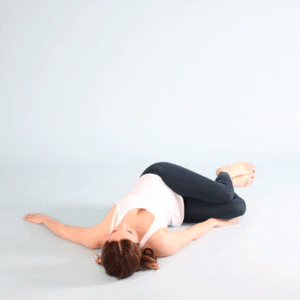
- Start with lying on the back with the knees bent and the feet flat on the floor.
- Keep the shoulders nice and firm on the floor, too.
- Slowly roll both bent knees to one side and stay there for 5 to 10 seconds.
- Breathe! Return to the initial position and repeat the simple spine twist on the other side.
- As with the knees-to-chest stretch, do 5 to 10 of these once or twice per day.
Cat-Cow Stretch

- Position yourself on your hands and knees.
- First, arch the back slowly then gently move to a position where a person permits your abdomen to sag.
- Go to each position submaximally only.
- The cat-cow makes a great warm-up for the bird-dog exercise, and it helps mobilize the facet joints at the back of the spine.
Treatment for kidney stones
- Most treatment plans for kidney stones include pain medications and lots of fluids to encourage the passing of the stone. In most cases, kidney stones do not need surgery.
- However, a doctor can do a minor procedure called lithotripsy if larger kidney stones may not easily exit the body at the time of urination.
- Lithotripsy includes the use of high-frequency sound waves to break up kidney stones so they may pass through the ureters.
- The ureters are the tubes that take out urine from the kidney to the bladder.
- A doctor can also use other surgical techniques to remove the stones.
- Depending on the level of pain, a doctor can suggest over-the-counter or prescription pain-relief medications.
- More severe cases can need a hospital stay.
- Talk with the doctor if a person continues to feel intense or prolonged flank pain even after treatment.
Prevention of flank pain
A person may be able to decrease the risk of certain occurrences of flank pain by following general health best practices:
- Stay adequately hydrated.
- Limit how much alcohol a person drinks, if applicable.
- If a person is sexually active, use barrier methods, such as condoms, during sex, and get screened for STIs regularly.
- Eat a balanced diet that incorporates lots of vegetables, fruits, and lean proteins.
- Exercise at least three times per week.
FAQ
However, flank pain most usually results from one of three causes: Urinary tract infection (UTI). Kidney stones. Musculoskeletal problems, such as muscle strain or a pinched nerve.
Flank pain is frequently accompanied by some other symptoms, involving: Gas, and bloating: Can be a sign of gastrointestinal causes, such as gallstones, appendicitis, inflammatory bowel disease, and liver disease.
The flank or latus is the side of the body between the rib cage and the iliac bone of the hip (below the rib cage and above the ilium). Surface lines of the anterior part of the thorax and abdomen.
The muscles of the stomach, the back, and even the chest can cause flank pain. Some most the usual causes of muscle pain involve muscle injuries, like strains or sprains.
The pain typically comes in waves. A wave can last 30 to 50 minutes and then stop. The pain stops without resuming further when the ureter relaxes or the stone passes into the bladder.

